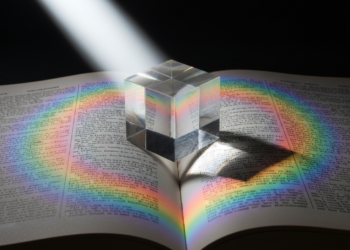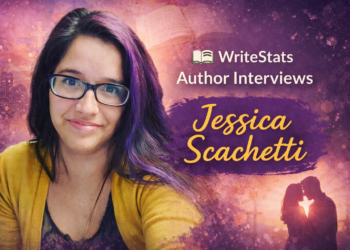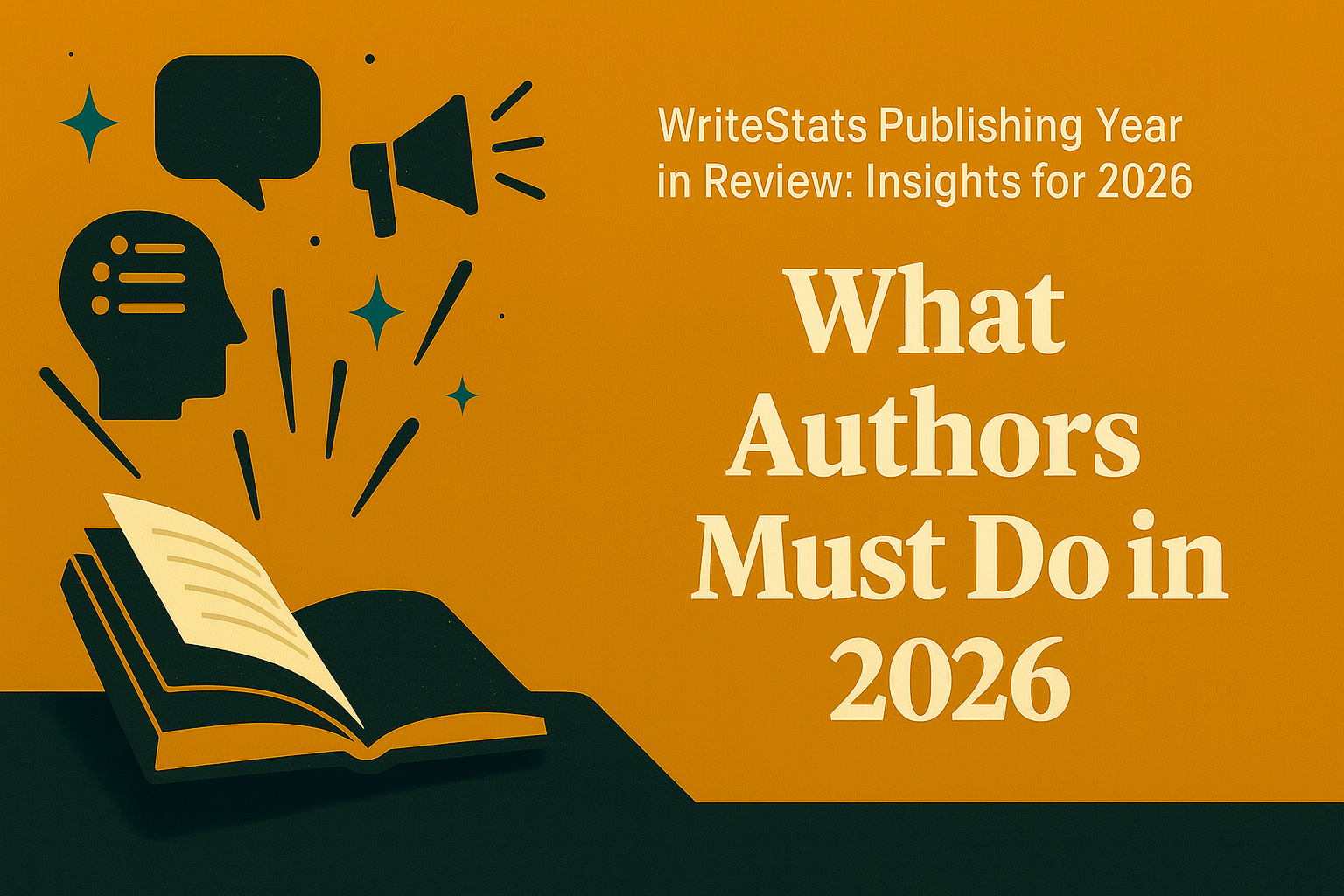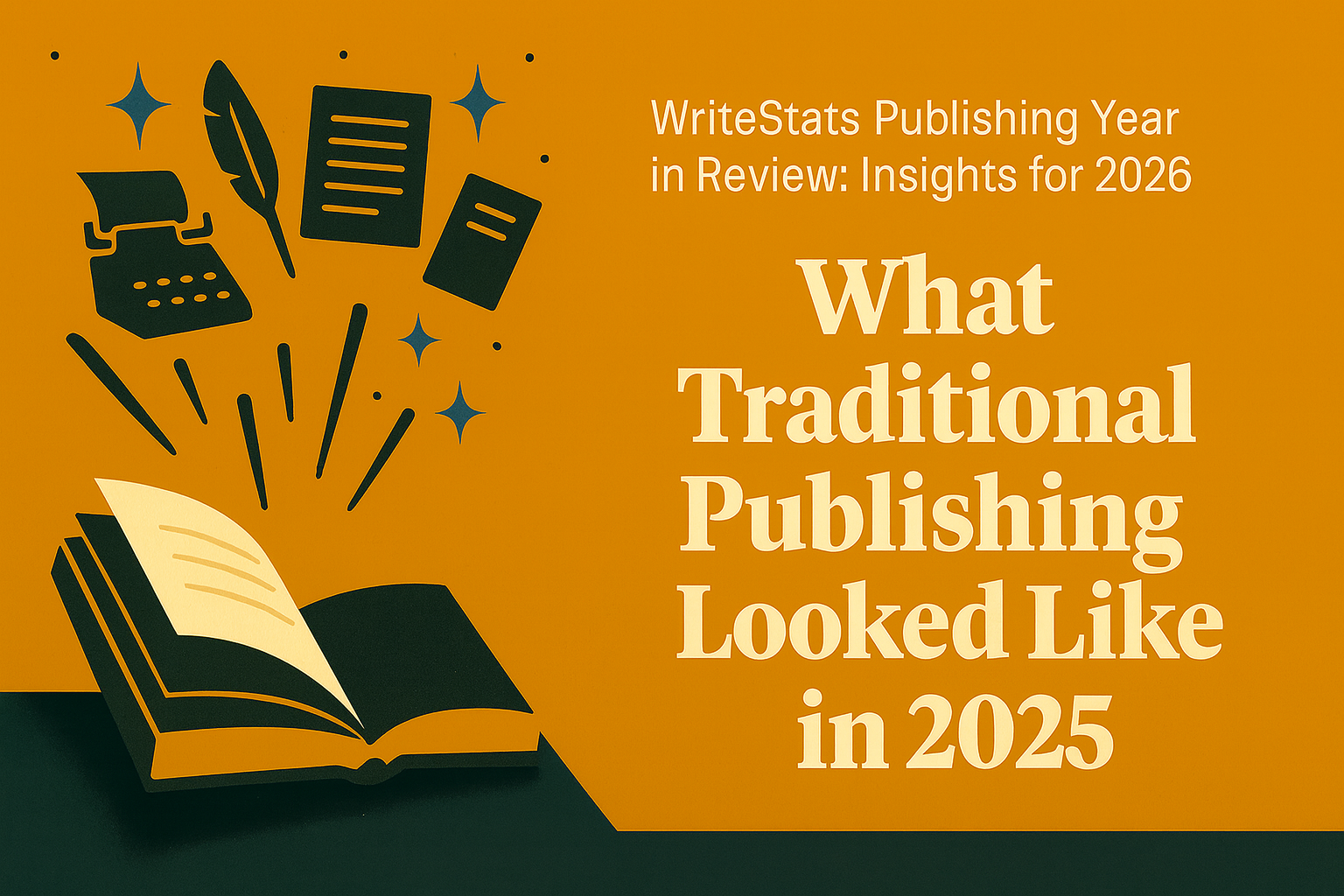When authors ask how to create atmosphere in writing, they are really asking how to make their words breathe. Atmosphere is the invisible layer surrounding a story, making readers feel like they are inside the world you’ve built. Whether you’re writing horror, romance, or literary fiction, mastering atmosphere can transform your book from “just another read” into an unforgettable experience.
In this guide, we’re going to dive into what atmosphere really is, why it’s important, and the psychology behind it. We’ll also share some cool techniques authors can use to create immersive atmospheres in all kinds of genres.
What Is Atmosphere and Why It Matters
Defining the Basics: Atmosphere vs. Mood vs. Tone
Although often used interchangeably, these three elements serve different purposes:
- Tone: The author’s attitude toward the subject (e.g., ironic, serious, playful).
- Mood: The emotional effect the text produces in the reader (e.g., tense, hopeful, eerie).
- Atmosphere: The overall emotional landscape of the narrative, shaped by tone, mood, sensory details, and setting.
Think of atmosphere as the “climate” of your story; it surrounds and influences everything.
The Emotional Foundation of Storytelling
Neuroscience shows that emotions guide memory retention. According to a 2017 APA report, emotionally engaging content is 23% more likely to be remembered. This means that an effective atmosphere doesn’t just color your story, it ensures readers remember it.
How Atmosphere Drives Engagement
Atmosphere creates immersion. Just as streaming services analyze how long viewers “stay hooked” in a show, authors should understand that atmospheric writing increases reader completion rates. For example, our blog BookTok Seasonal Reading Trends showed how mood-driven genres like dark academia thrive because atmosphere pulls readers deeper into the text.
Atmosphere and Genre Expectations
Every genre comes with atmospheric “contracts”:
- Horror promises dread.
- Romance promises intimacy.
- Fantasy promises wonder.
If you break the atmospheric contract, readers may abandon the story even if your plot is strong.
The Psychology Behind How to Create Atmosphere in Writing
Atmosphere works because it taps into our brain’s emotional wiring.
1. Emotional Triggers
Atmosphere has a powerful effect because it activates the limbic system, the emotional center of the brain. A dimly lit alley described with dripping water and echoing footsteps can raise heart rates, even though readers know they are safe in bed.
2. Building Empathy
Describing atmospheric details helps readers connect with characters emotionally. For instance, when a widow perceives the cold emptiness of her bed, it deepens the emotional connection without direct exposition.
3. Subliminal Impact
Studies in cognitive linguistics show that readers often respond to atmospheric cues unconsciously. Even small choices—like describing a room as “cramped” versus “cozy”—shift emotional perception.
The Building Blocks of How to Create Atmosphere in Writing
Mastering Setting and Environment
Your choice of setting determines much of the atmosphere.
- Choose purposeful locations: A funeral in a sunlit meadow creates one kind of atmosphere; the same event in a rain-soaked cemetery creates another.
- Make settings alive: Let chandeliers flicker, walls creak, or streets bustle. Readers need motion, not static description.
- Use contrast: A child’s laughter in a war zone intensifies unease.
Weather and Natural Elements
Weather is the most abused but also one of the most powerful tools for atmosphere.
- Mirror emotions: Storms during conflict, sunshine after reconciliation.
- Seasonal cues: Our blog Cross-Genre Fiction Trends 2025 shows how autumn-themed books surged due to readers’ craving for atmospheric alignment with their real-world seasons.
- Avoid clichés: Instead of “It was a dark and stormy night,” focus on how the rain feels against the character’s skin or how thunder silences a room.
Sensory Writing Techniques
Engaging All Five Senses
- Sight: Use color, light, and shadow for emotional effect.
- Sound: Whispering leaves can create calm; a ticking clock can raise tension.
- Smell: The smell of burnt toast may recall trauma more effectively than dialogue.
- Touch: The rough texture of wool and the smoothness of blood ground readers.
- Taste: A bitter sip of coffee can reflect a bitter truth revealed.
Advanced Techniques
- Synesthesia: “The silence tasted metallic” adds layers.
- Layering: Don’t describe everything; choose two or three strong sensory cues per scene.
- Sensory deprivation: Removing sight (blindfold, blackout) heightens tension.
Language and Style for Atmospheric Writing
Word Choice and Connotation
Words carry emotional weight. Compare:
- “The house was old.”
- “The house sagged under decades of sorrow.”
The second builds atmosphere through connotation.
Sentence Structure and Pacing
- Short sentences: Build tension.
- Long, flowing sentences: Create calm or reflection.
- Punctuation: Ellipses (…) can create hesitation; em dashes (—) can add drama.
Literary Devices for Atmosphere
Metaphors and Similes
- Use fresh comparisons: Instead of “quiet as a mouse,” try “quiet as snow settling on glass.”
- Keep imagery consistent: if your novel uses water metaphors, sustain that theme.
Symbolism and Foreshadowing
- Objects as atmosphere: A cracked teacup may foreshadow emotional fracture.
- Color symbolism: Red can mean danger, passion, or revolution depending on context.
Explore 22 essential literary devices that enhance atmospheric storytelling.
Character-Driven Atmosphere
Internal Thoughts
Atmosphere filtered through a character makes it more personal. For instance, a hopeful character might see dawn as “a promise,” while a despairing character might call it “a cruel repetition.”
Reactions and Body Language
Characters shivering, hesitating, or pacing add atmospheric tension without extra description.
Genre-Specific Atmospheric Techniques
Horror and Suspense
- Build dread gradually.
- Make the familiar unsettling (a child’s toy in an empty hallway).
Romance
- Atmosphere thrives on intimacy: candlelight, quiet spaces, seasonal touches like spring blossoms.
Literary Fiction
- Atmosphere often mirrors inner journeys, subtle shifts in weather or environment can parallel growth or decline.
Common Atmospheric Writing Mistakes
1. Overwriting
Too much description can suffocate your story. Ask: Does this detail serve plot, character, or emotion? If not, cut it.
2. Clichés
Avoid overused imagery like “fog of uncertainty” unless you can twist it. Try: “The uncertainty curled around him, thicker than cigarette smoke.”
Practical Exercises on How to Create Atmosphere in Writing
Writing Prompts
- Seasonal scene: Write a breakup in summer, then rewrite it in winter.
- Sensory swap: Describe a party without mentioning sight.
- Character filter: Write a storm from the perspective of a child, then an older soldier.
Revision Techniques
- Highlight scenes where readers should feel most immersed. Are they flat? Layer in atmosphere.
- Ask beta readers: “How did this scene make you feel?” If they can’t answer, atmosphere is missing.
Reading Like a Writer
Study atmospheric masters:
- Shirley Jackson (The Haunting of Hill House) for horror.
- Kazuo Ishiguro (The Remains of the Day) for subtle emotion.
- Toni Morrison (Beloved) for sensory and symbolic depth.
Final Thoughts
Learning how to create atmosphere in writing is not about adding flowery language; it’s about crafting the invisible architecture of your story’s emotions. Combining psychology, sensory details, setting, and character perspectives allows you to build a narrative climate that keeps readers hooked until the final page.
Atmosphere is the difference between a book readers finish and one they abandon. If you want to join the ranks of authors whose work lingers long after the last sentence, practice atmosphere relentlessly. Your readers won’t just read your story, they’ll live it.









